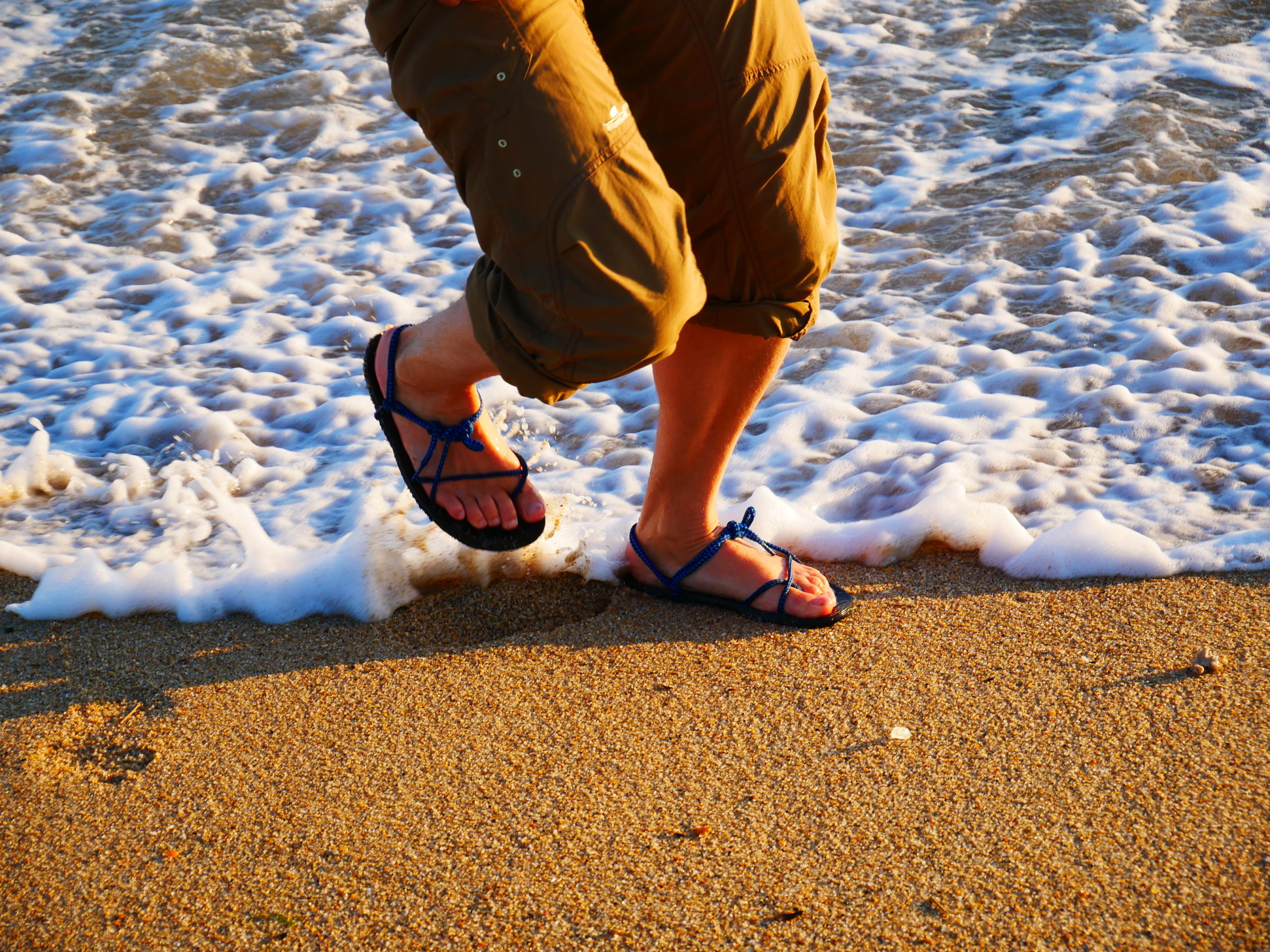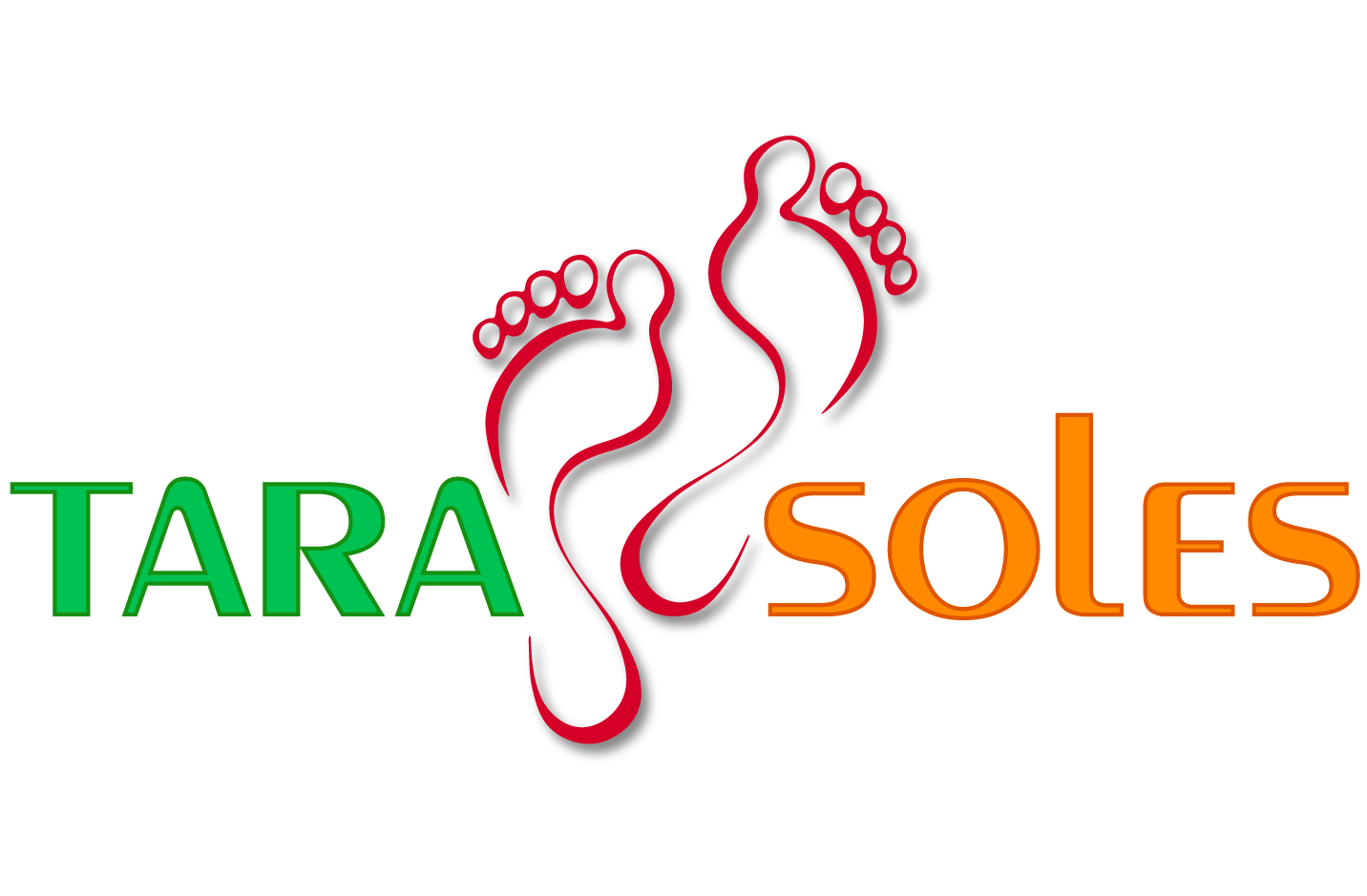What are barefoot Huarache sandals?
Huarache sandals are traditional Mexican shoes that were originally worn by the Tarahumara Indians. They are known for their simple construction and minimalist design, consisting of a thin sole and leather straps. These sandals provide protection while allowing a barefoot feel, making them ideal for long distance running.
The Tarahumara, also known as the Raramuri, are known for their exceptional stamina and running ability. They use forefoot running, a technique in which the ball of the foot touches down first, which is a more natural and gentle form of movement. This running technique can also be observed in children and some indigenous peoples and is associated with fewer injuries and more efficient locomotion.
The Tarasoles barefoot sandal is a modern interpretation of the Huarache sandal, specially developed for running on hard surfaces such as asphalt. It is designed to support the advantages of forefoot running and at the same time protect the knees and joints. This project is part of a voluntary initiative dedicated to researching and promoting natural forms of movement and offering a supplement to conventional therapy for foot, joint and back problems.
Tarasoles are therefore more than just shoes; they represent a philosophy of movement and health based on the principles of natural walking.


We deliberately avoid hard and inflexible footbeds!

